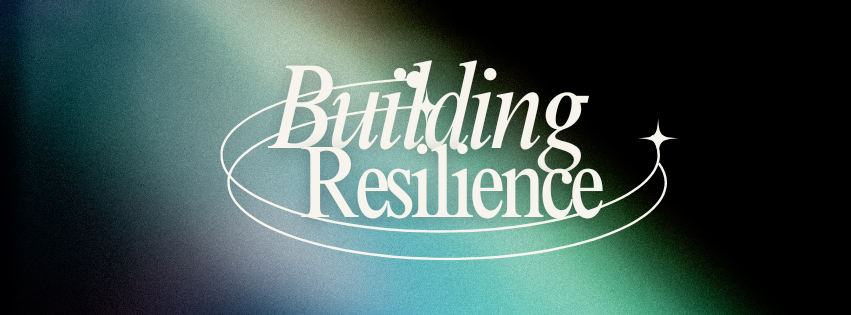
How to Cultivate Self-Love and Transform Your Relationships
by Trent Fisher | Mar 31, 2025 | Beliefs, Commitment, Fulfillment, Gratitude, Inspired Action, Intentions, Law of Attraction, Mindset, Motivation, Positive Energy, Positive Mindset, Relationship, Self-Love, Transformation, Values

The way you treat yourself sets the tone for how others treat you. If you’ve ever struggled with confidence, boundaries, or feeling valued in your relationships, the root cause may lie in how much love and respect you give yourself. Cultivating self-love isn’t selfish—it’s the foundation for healthier, more fulfilling connections with others. Here’s how prioritizing self-love can transform your relationships and how to get started.
Why Self-Love Matters in Relationships
When you truly love and value yourself, you:
- Set Boundaries with Confidence: You no longer tolerate behavior that doesn’t align with your worth.
- Show Up Authentically: You feel comfortable being yourself, without fear of judgment.
- Communicate Clearly: You express your needs and feelings openly, fostering deeper connections.
- Attract Healthier Relationships: You naturally draw people who respect and support you because you’ve set the standard for how you deserve to be treated.
On the flip side, a lack of self-love can lead to seeking validation from others, people-pleasing, or staying in toxic relationships out of fear.
Steps to Cultivate Self-Love
1. Practice Self-Compassion
We’re often our harshest critics, replaying mistakes and shortcomings in our minds. Self-love starts with self-compassion—treating yourself with the kindness you’d offer a friend.
How to Start:
- When negative self-talk creeps in, pause and reframe it. Instead of saying, I’m such a failure, try, I’m learning and growing through this experience.
- Acknowledge your efforts and celebrate small wins, even if they seem insignificant.
2. Prioritize Your Needs
Self-love means recognizing that your needs matter just as much as anyone else’s. It’s not selfish to put yourself first—it’s essential for your well-being.
How to Start:
- Make a list of activities that bring you joy and peace, and schedule time for them regularly.
- Say “no” when you’re overwhelmed or when something doesn’t align with your values.
3. Embrace Your Imperfections
Nobody is perfect, and striving for perfection only leads to burnout and frustration. Accepting yourself, flaws and all, is a powerful act of self-love.
How to Start:
- Reflect on the qualities that make you unique, even the ones you’re tempted to hide.
- Practice gratitude for your body, mind, and spirit.
4. Surround Yourself with Positivity
The people and environments you engage with can either build you up or drain you. Choose relationships that reflect the love and respect you’re cultivating within yourself.
How to Start:
- Spend time with people who uplift and support you.
- Limit exposure to negativity, whether it’s toxic relationships, social media, or news.
5. Seek Professional Support if Needed
Sometimes, barriers to self-love run deep, rooted in past trauma or limiting beliefs. A coach or therapist can help you unpack these challenges and build a healthier relationship with yourself.
How to Start:
- If you feel stuck, reach out for guidance from someone who can offer support and perspective.
How Self-Love Transforms Relationships
As you cultivate self-love, you’ll notice a ripple effect in your relationships:
- Stronger Boundaries: You’ll attract people who respect your limits and walk away from those who don’t.
- Deeper Connections: Authenticity and vulnerability become easier when you’re not seeking external validation.
- Less Conflict: Confidence in yourself reduces the need for defensive or reactive behavior.
When you love yourself, you teach others how to love and treat you. Your relationships flourish because they’re built on mutual respect, trust, and authenticity.
Start Loving Yourself Today
Self-love isn’t a destination; it’s a daily practice. By making small, intentional changes, you can create a life filled with love—starting from within.
What’s one step you’ll take today to show yourself some love? Let me know in the comments—I’d love to celebrate your journey!






Recent Comments